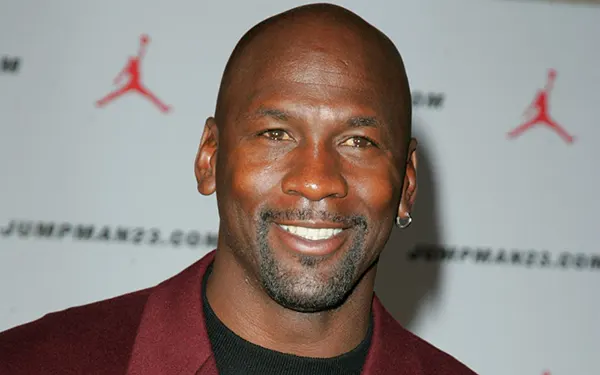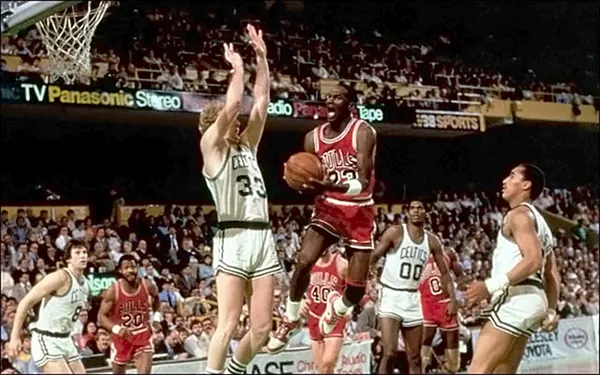
How Michael Jordan Changed the Market of Sports Contracts
Michael Jordan is widely recognised not only as one of the greatest basketball players in history but also as the athlete who reshaped the entire economics of sports contracts. His influence extended far beyond the basketball court, setting new standards for how athletes negotiate with brands, leagues, and sponsors. The legacy of his deals continues to define the strategies used by today’s sports stars and agents in 2025.
The Breakthrough with Nike
In 1984, Michael Jordan signed a contract with Nike that went on to change the relationship between athletes and sportswear companies forever. Instead of a standard endorsement deal, Nike offered him a revenue-sharing agreement based on the sales of a signature shoe line — the now-iconic Air Jordan. This model was revolutionary, providing Jordan with long-term income rather than a fixed payment.
The Air Jordan line quickly became a global cultural phenomenon, reaching sales of more than $100 million in the first year alone. By 2025, the brand is worth over $5 billion annually and remains one of the most successful athlete-related product lines in history. The structure of this deal inspired countless similar arrangements for athletes in basketball, football, tennis, and beyond.
What set Jordan’s Nike deal apart was not just its financial value but also the level of creative control and personal branding it provided. Athletes after him realised they could be more than just endorsers — they could be global entrepreneurs leveraging their names and influence.
Impact on Athlete Branding
Jordan’s partnership with Nike demonstrated that athletes could build brands that stood independently of their sporting achievements. This concept created a template for the likes of LeBron James, Cristiano Ronaldo, and Serena Williams, who now lead global businesses alongside their sports careers.
Today’s athletes no longer rely solely on salary contracts; instead, they view their careers as platforms for building lifelong business empires. The combination of personal identity, cultural influence, and commercial power can be directly traced back to Jordan’s model.
The Air Jordan brand also blurred the lines between sports, fashion, and lifestyle, paving the way for modern cross-industry collaborations where athletes are at the centre of cultural movements.
Shifting the Power in Negotiations
Before Jordan, most endorsement contracts were rigid, offering athletes little say in product design or brand positioning. Jordan’s deals showed that athletes could negotiate not only for money but also for influence in creative and business decisions. This shifted power dynamics between corporations and athletes.
By demonstrating that one athlete could generate billions for a company, Jordan empowered sports agents to demand higher shares of revenue for their clients. The approach has since become standard practice in contract negotiations across the sporting world.
In the NBA, Jordan’s influence also contributed to a broader recognition of athletes’ market value, eventually shaping collective bargaining agreements that allowed for significantly higher player salaries and improved conditions.
The Role of Modern Agents
Jordan’s era marked the rise of powerful sports agents who understood the long-term business potential of their clients. Agencies began structuring deals not as endorsements but as partnerships, where athletes held stakes in outcomes.
This philosophy has shaped today’s industry leaders such as Rich Paul and Creative Artists Agency, who negotiate contracts for stars like LeBron James and Stephen Curry. Their strategies are built on Jordan’s principle: athletes should share in the revenue they help create.
In 2025, the biggest contracts in sport — whether in basketball, football, or golf — include clauses that tie athletes to equity shares, profit percentages, or creative input, a direct extension of the Jordan blueprint.

Jordan’s Legacy in the Modern Era
The ripple effects of Jordan’s contracts continue to be visible today. Athletes in various sports use his model as the foundation for their own negotiations, securing deals that go beyond traditional sponsorship to include investments, royalties, and joint ventures.
Stars such as Stephen Curry with Under Armour or Naomi Osaka with Nike exemplify this ongoing influence. These athletes shape product lines and brand campaigns, positioning themselves as business leaders as much as sporting icons.
Even beyond sport, entertainers and digital influencers follow the Jordan model by leveraging personal branding to create long-lasting business ventures tied directly to their image.
A Model for Future Generations
For young athletes entering professional leagues in 2025, Jordan remains the ultimate case study. His example shows that negotiating creatively, valuing personal branding, and thinking long-term can lead to generational wealth and cultural relevance.
Educational programmes for athletes now include modules on financial literacy and brand management, many of which cite Jordan’s path as the standard. His influence is institutionalised in both sports management and business schools worldwide.
Ultimately, Michael Jordan’s contracts did more than enrich him personally; they permanently changed the expectations of what an athlete can achieve in business. His story continues to guide future stars in sports and beyond.
